In the era of cancel culture, a reflective lens is often turned toward the media we once cherished. Childhood classics, once beloved, are now scrutinized under a modern microscope.
These films and shows, though entrenched in nostalgia, sometimes reveal caricatures and themes that clash with contemporary values. From racial stereotypes to outdated gender roles, the content of yesteryear may not align with today’s progressive expectations.
This exploration uncovers 20 childhood classics that might face backlash today, each for their unique, albeit problematic attributes. Dive into this nostalgic yet critical analysis, as we uncover the light and shadows in our treasured entertainment history.
1. Looney Tunes

Looney Tunes, with its lively antics and iconic characters, was a Saturday morning staple. However, its portrayal of racial stereotypes, use of gun violence, and depictions of smoking have become points of contention. Despite the slapstick comedy, the over-the-top violence aimed for laughs raises eyebrows today.
Bugs Bunny and his friends were carefree, but modern audiences might pause at the casual depiction of such mature themes. The series, beloved for its humor, also included elements that reflected societal norms of its time, which might not resonate with today’s viewers.
This balance of humor and controversy makes Looney Tunes a fascinating study in cultural evolution. The show’s enduring legacy is a testament to its impact on popular culture.
2. Tom and Jerry

Tom and Jerry, the eternal cat-and-mouse duo, delighted generations with their endless antics. Yet, the show’s extreme cartoon violence and occasional racial caricatures, such as Mammy Two Shoes, are contentious today.
The frenetic chase scenes often feature exaggerated violence, which, while humorous, might seem excessive to modern audiences. The series also includes depictions of substance use, adding another layer to its complex legacy.
Though celebrated for its creativity, Tom and Jerry’s portrayal of conflict and stereotypes prompts reflection on media norms. Its timeless appeal persists, even as it invites discussion on the portrayal of aggression in children’s entertainment.
3. Speedy Gonzales
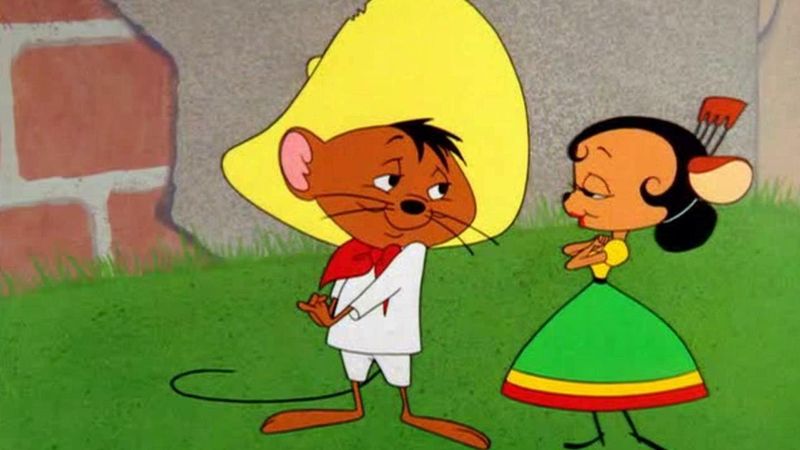
Speedy Gonzales, the fastest mouse in Mexico, is a cultural icon whose speed and charm made him a fan favorite. However, his portrayal taps into stereotypical depictions of Mexicans that have sparked debate.
While beloved by many, particularly in Latino communities, the character’s exaggerated accent and mannerisms are seen by some as reinforcing clichés. This duality illustrates the complex nature of cultural representation in media.
Despite the criticism, Speedy’s enduring popularity highlights the nuanced reception of such characters. His role in the Looney Tunes lineup showcases the timeless appeal of clever, quick-witted protagonists, even as it challenges us to consider cultural sensitivity.
4. Dumbo (1941)
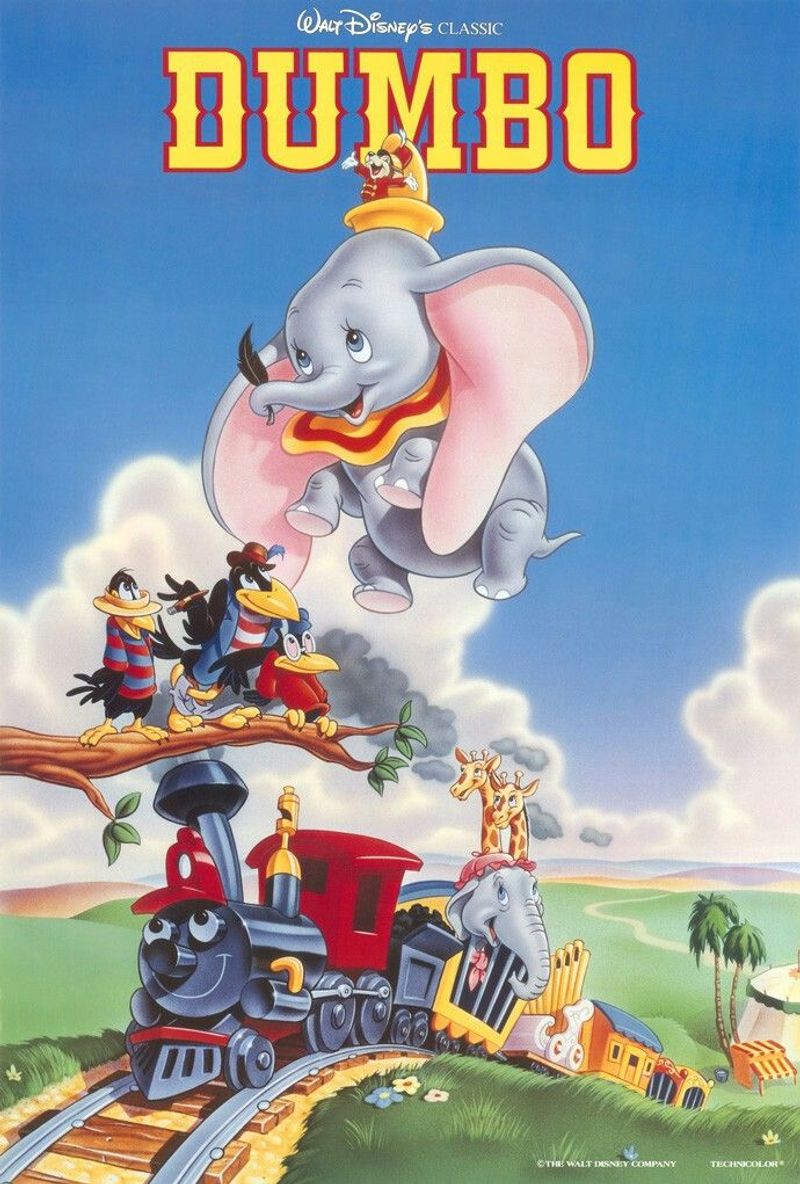
Dumbo, with his enormous ears and heartwarming tale, has been cherished across generations. Yet, the film’s depiction of the crows, particularly the lead named “Jim Crow,” is problematic due to their minstrel-like voices and racial caricatures.
The film’s portrayal reflects early 20th-century societal attitudes, which clash with modern values of equality and representation. These elements, though part of the film’s history, evoke discomfort in today’s audience.
Despite these issues, Dumbo’s story of overcoming adversity continues to resonate. The film remains a classic study in the evolution of societal awareness, highlighting the importance of sensitivity in storytelling.
5. Peter Pan (1953)

Peter Pan, the boy who never grows up, transports audiences to the magical world of Neverland. However, the film’s portrayal of Native Americans, particularly through the song “What Made the Red Man Red?”, is viewed as insensitive today.
The depiction perpetuates stereotypes that are now seen as reductive and offensive. This aspect of the film reflects past norms that have since evolved towards a more inclusive understanding of cultures.
Despite this, Peter Pan’s adventurous spirit and enchanting narrative continue to captivate. The film serves as a reminder of the need for thoughtful representation in storytelling, even as it charms audiences with its timeless fantasy.
6. Popeye the Sailor
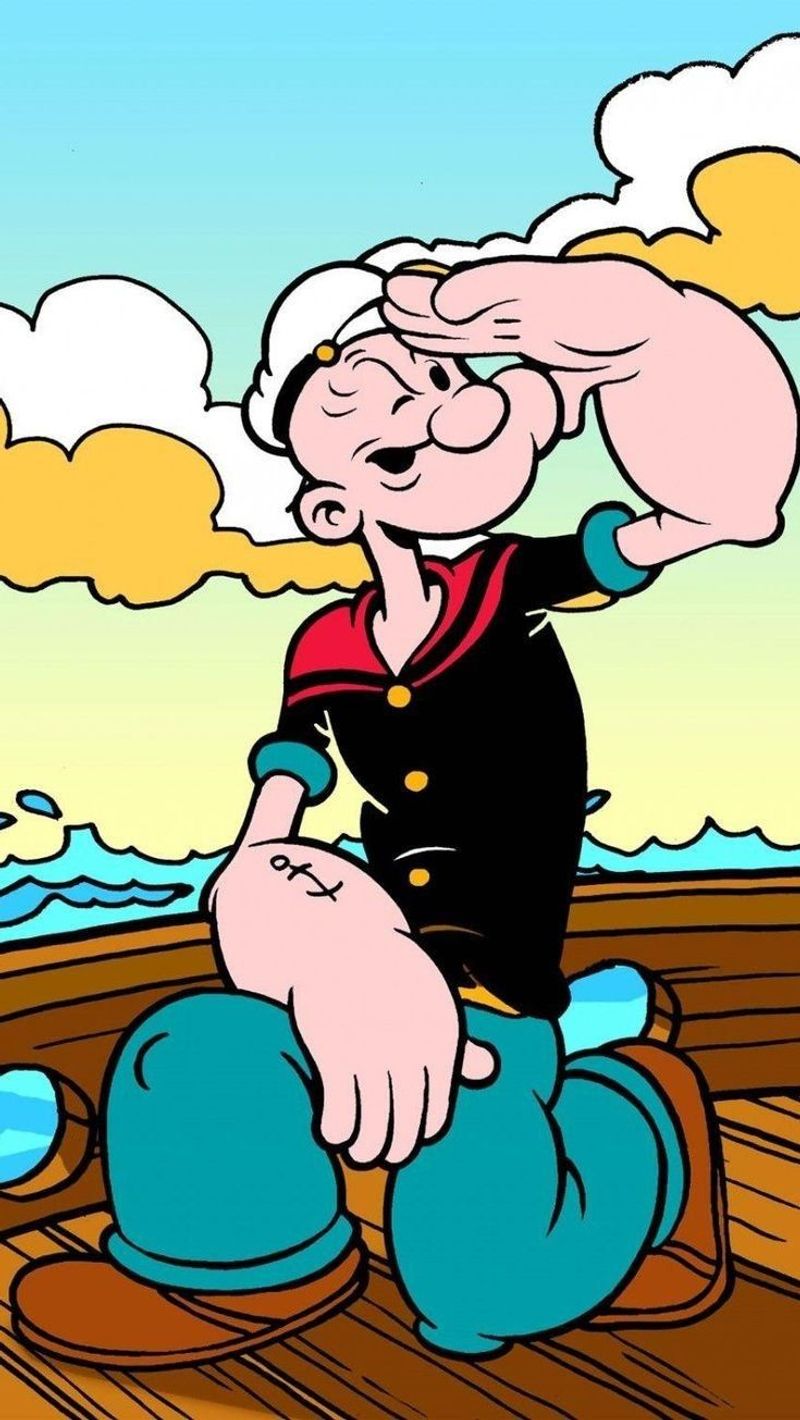
Popeye the Sailor, with his spinach-fueled strength, is a classic hero known for defending the day. However, some episodes are marred by racist caricatures, physical altercations, and outdated gender roles.
The series often depicted Popeye’s adventures with a mix of humor and brute force, reflecting societal norms of masculinity from its time. These portrayals, albeit entertaining, are scrutinized under today’s progressive lens.
Despite these issues, Popeye’s courage and determination remain endearing. His legacy endures as a reminder of the power of resilience, even as we reconsider the stories we cherish and their impact on cultural perceptions.
7. Dr. Seuss Books (Some Titles)
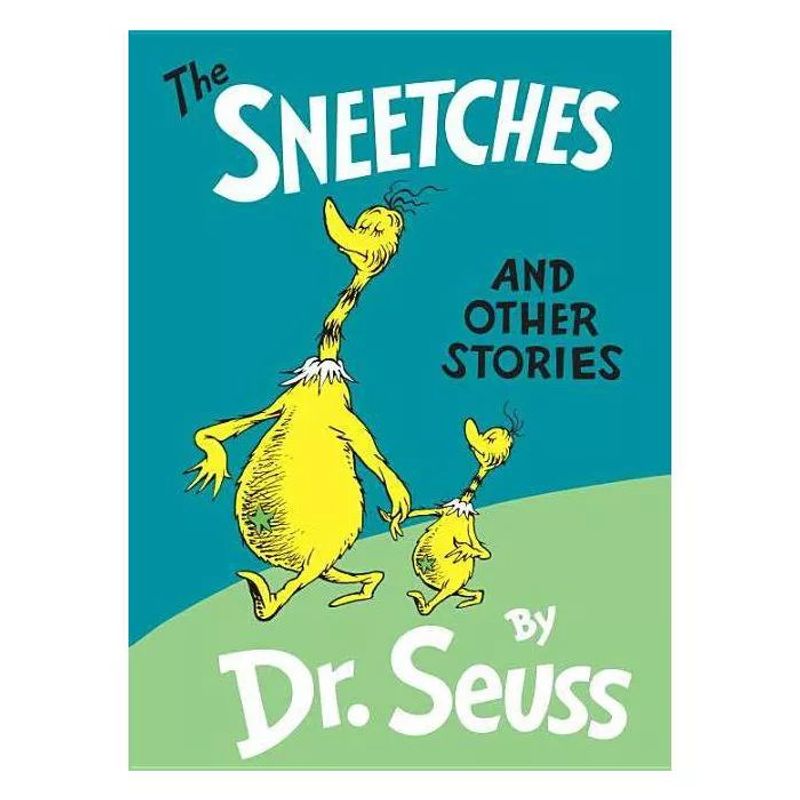
Dr. Seuss’s imaginative worlds and rhyming tales have captivated young readers for decades. Yet, certain titles, such as “If I Ran the Zoo” and “And to Think That I Saw It on Mulberry Street,” have been criticized for offensive racial imagery.
These stories, while creative, contain illustrations that reflect racial stereotypes, sparking debate about their place in modern literature. This scrutiny highlights the evolving standards of cultural sensitivity and representation.
Despite these controversies, Dr. Seuss’s works continue to inspire with their boundless creativity. They remind us of the importance of inclusivity in children’s literature, even as they enchant with their whimsical narratives.
8. The Flintstones

The Flintstones, set in the Stone Age, brought prehistoric humor to the small screen. However, the series is noted for its sexist gender roles, smoking product placements, and domestic stereotypes that raise eyebrows today.
Fred Flintstone’s antics often highlighted traditional gender dynamics, reflecting the era’s societal norms. These elements, while humorous, might not align with contemporary views on equality and representation.
Despite this, the charm of Bedrock and its residents endures. The Flintstones reminds us of the evolution of societal norms and the importance of examining the stories we celebrate and their reflections on cultural attitudes.
9. Rugrats (Original Series)
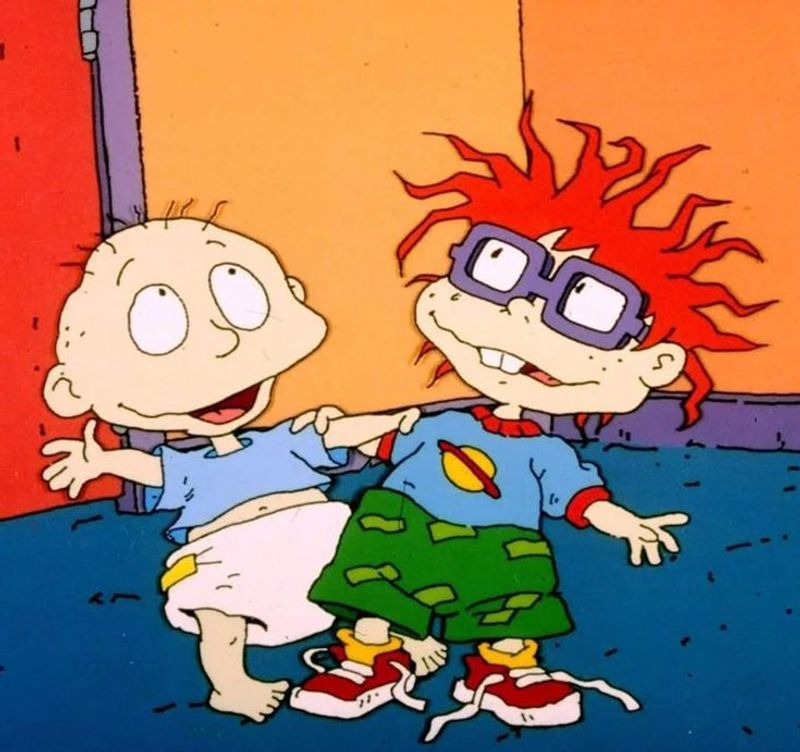
Rugrats, with its adventurous babies, offered a unique perspective on the world through a child’s eyes. Yet, the show’s unfiltered jokes and themes of parental neglect have come under modern scrutiny.
The series also navigated religious tropes, touching on Jewish and Christian themes that might provoke backlash in today’s climate. These aspects add depth to the narrative but invite critical analysis.
Despite these elements, Rugrats remains beloved for its creativity and humor. The series continues to be a nostalgic favorite, reminding us of the complexities of childhood and the nuanced storytelling that captivated audiences.
10. Ren & Stimpy
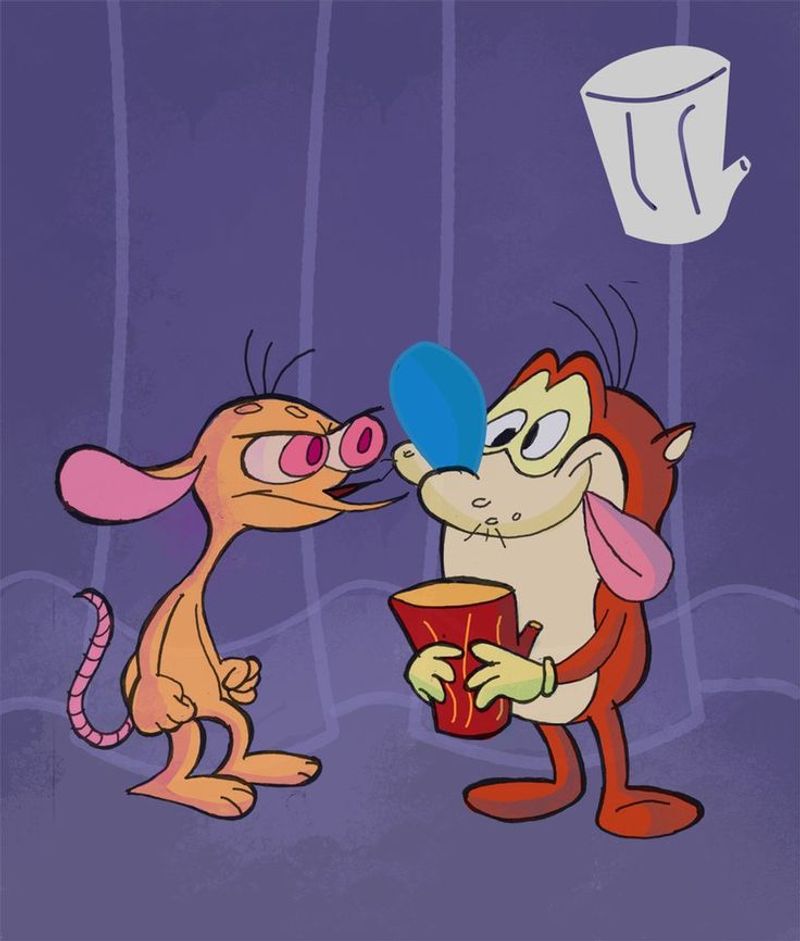
Ren & Stimpy, known for its offbeat humor, was a boundary-pushing show with crude humor and controversial themes. The series often featured disturbing imagery and innuendos, disguised as kids’ content.
This edgy approach set it apart from traditional children’s programming, yet it faced criticism for content that some deemed inappropriate for younger audiences. The show’s boldness challenges norms even today.
Despite its polarizing nature, Ren & Stimpy’s innovative style and humor have left a lasting mark. The series exemplifies the balance between creative expression and audience sensitivity, prompting discussion on the boundaries of animation.
11. Beavis and Butt-Head
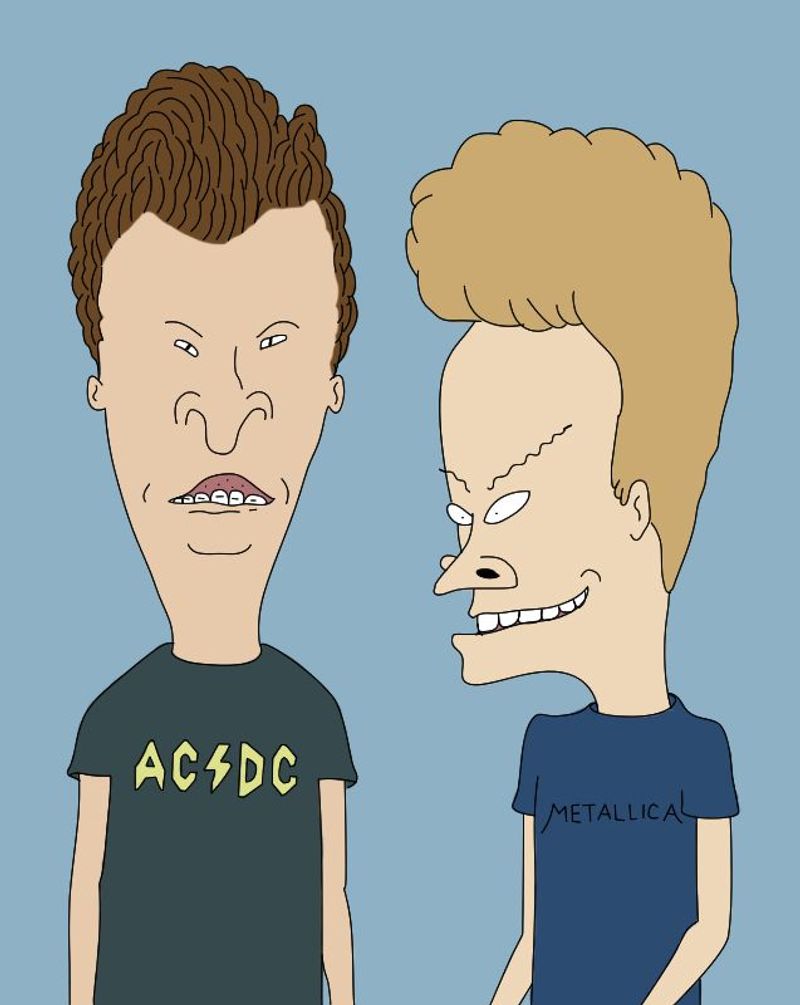
Beavis and Butt-Head’s delinquent antics and irreverent humor defined a generation of animated comedy. Yet, the show glorified behaviors like fire-setting and vulgarity, drawing concern from critics.
The series’ crude humor and satirical portrayal of teenage rebellion pushed boundaries, sparking debates about its influence on young audiences. This rebellious spirit remains both celebrated and criticized.
Despite the controversy, Beavis and Butt-Head’s impact on pop culture is undeniable. Their antics serve as a testament to the power of satire in media, highlighting the complex relationship between humor and cultural norms.
12. The Jungle Book (1967)
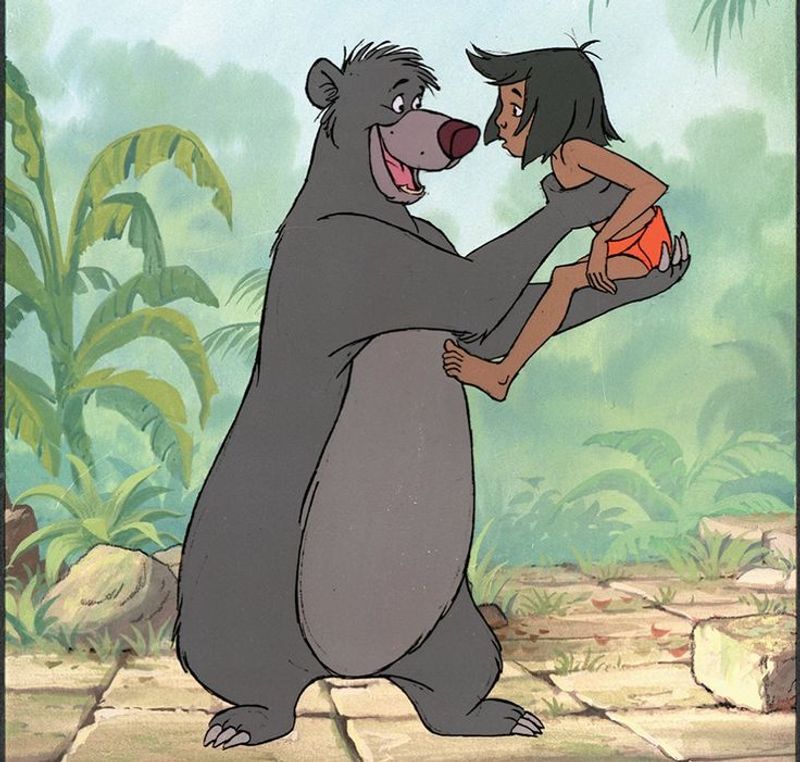
The Jungle Book, with its enchanting melodies and wild adventures, remains a Disney classic. However, its portrayal of characters like King Louie carries racial undertones, especially through jazzy mannerisms.
These depictions reflect a historical context that may seem outdated today, prompting re-evaluation of cultural representation in animation. The film’s vibrant storytelling balances this critique with its timeless charm.
Despite these complexities, The Jungle Book continues to delight audiences. Its legacy as a musical masterpiece endures, offering a lens through which to reflect on the evolution of cultural sensitivity in storytelling.
13. Pepe Le Pew (Looney Tunes)
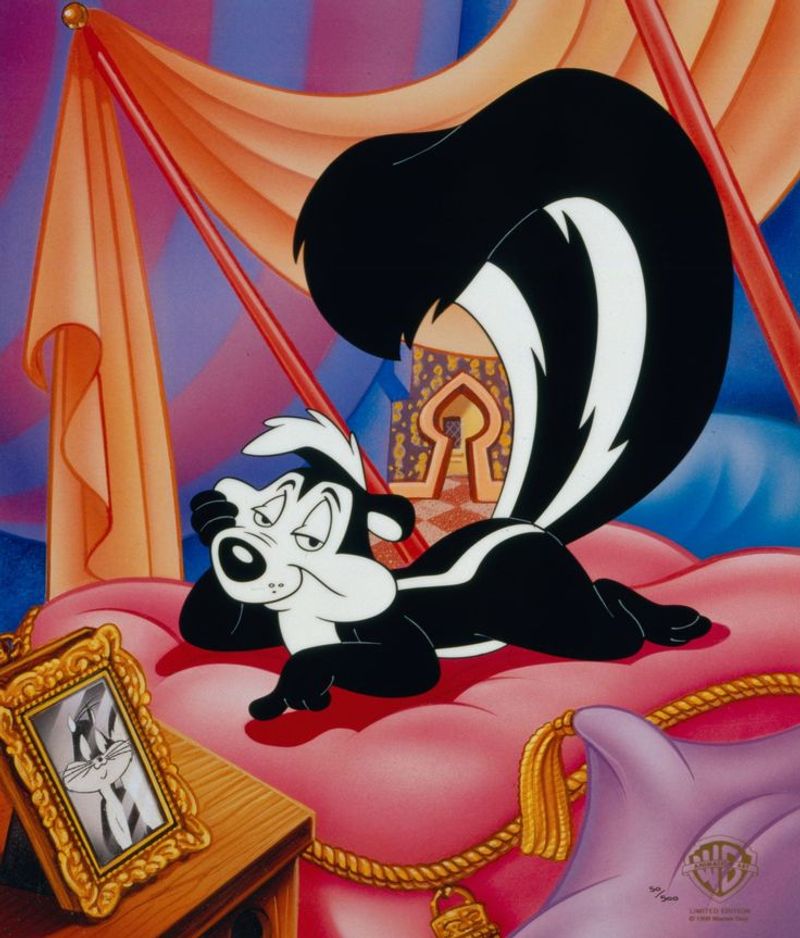
Pepe Le Pew, the amorous skunk, charmed audiences with his romantic pursuits. However, his antics now raise questions about consent and harassment, reflecting changing societal norms.
The character’s persistent advances, once played for laughs, are viewed through a more critical lens today. This shift highlights evolving attitudes towards relationships and respect.
Despite these concerns, Pepe Le Pew remains a notable figure in animation history. His adventures serve as a cultural touchstone, illustrating the ongoing dialogue about humor and its impact on social values.
14. Johnny Bravo
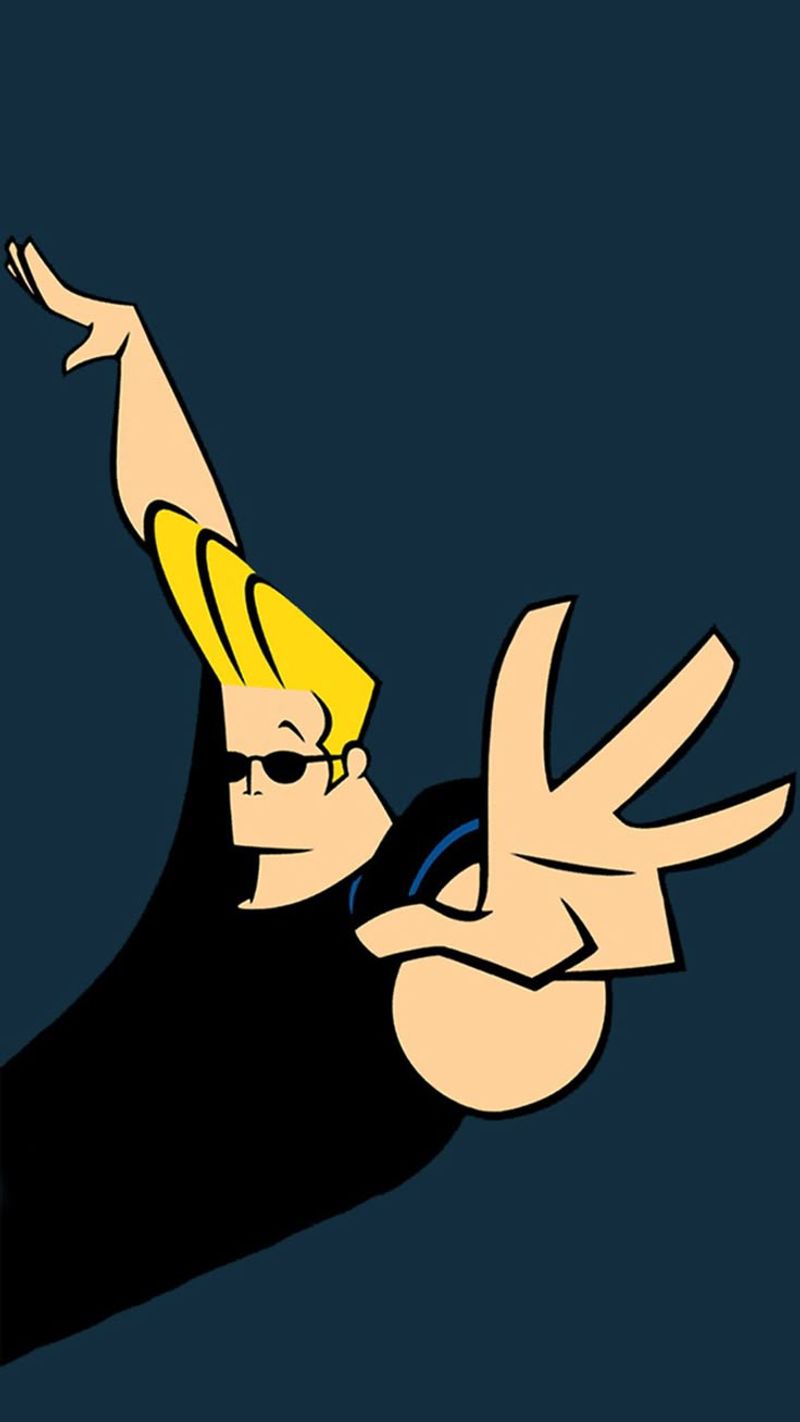
Johnny Bravo, with his exaggerated machismo, is a caricature of the ultimate ladies’ man. His objectification of women, played for laughs, is viewed critically in today’s context.
The show’s humor, based on oblivious sexism, satirizes traditional gender roles, making it both entertaining and controversial. Johnny’s antics highlight the complexities of comedic portrayal in modern media.
Despite the critique, Johnny Bravo’s charm and style continue to entertain audiences. The series offers a humorous yet reflective look at gender stereotypes, encouraging discussions on the portrayal of masculinity in animation.
15. Aladdin (1992)
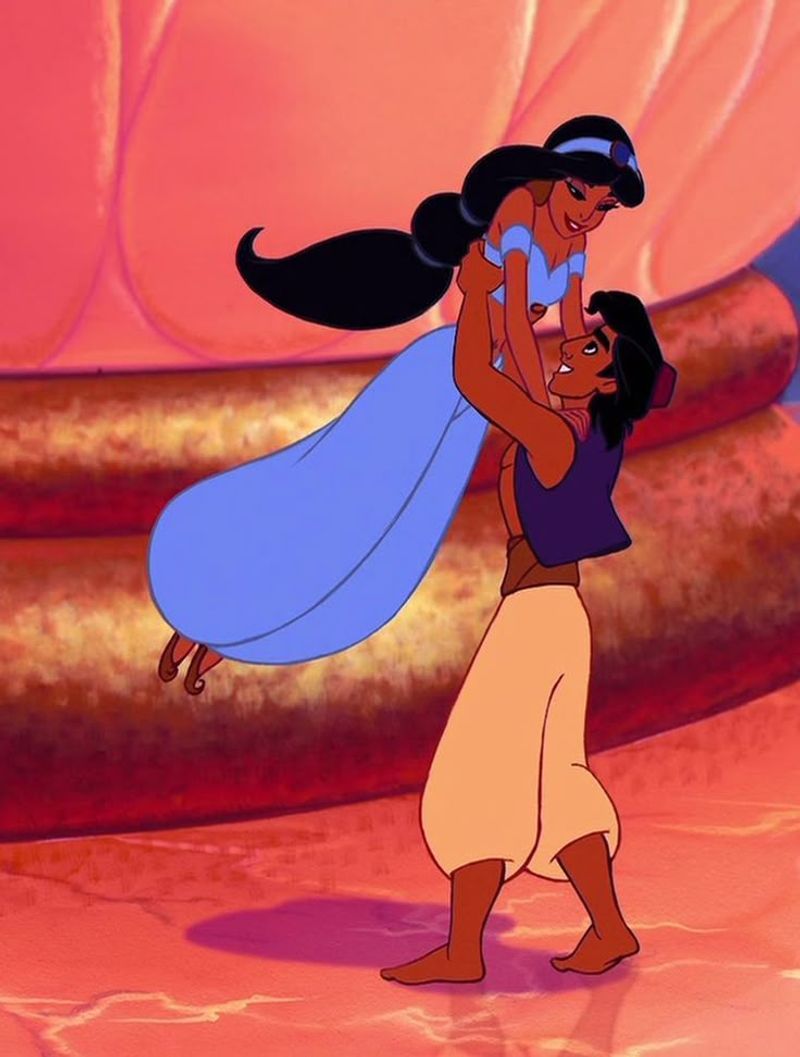
Aladdin, with its vibrant setting and magical tale, captured hearts worldwide. However, the original soundtrack contained lyrics considered racially insensitive, such as “Where they cut off your ear if they don’t like your face.”
These elements sparked dialogue about cultural representation and sensitivity, reflecting a growing awareness in media. The film’s enchanting story is balanced with the need for critical examination of its content.
Despite this, Aladdin’s magic endures. The film remains a beloved classic, offering a window into the complexities of storytelling and the importance of cultural respect in animated narratives.
16. The Little Rascals (Original Shorts)
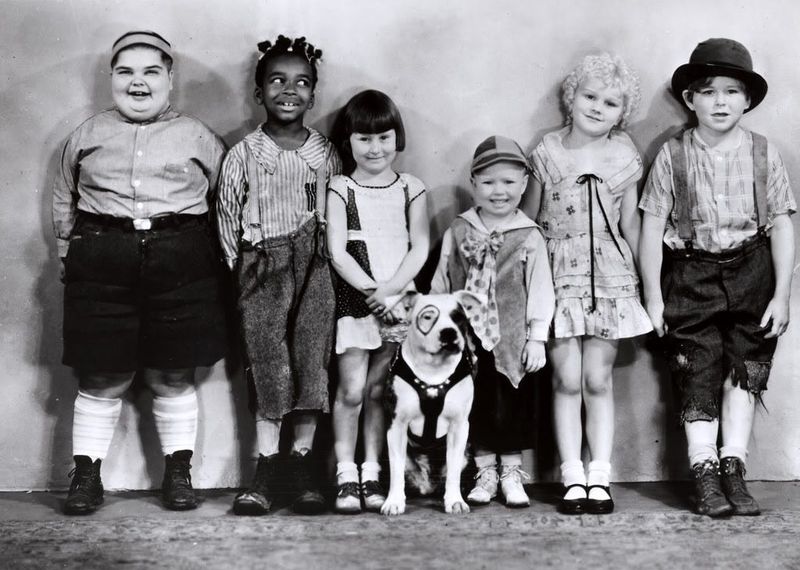
The Little Rascals, with their charming antics, captured the innocence of childhood. However, the series is not without its issues, as early episodes feature racial stereotypes and outdated gender dynamics.
These elements, reflective of their time, are seen as problematic today, inviting re-evaluation of their place in contemporary viewing. The show’s youthful spirit is tempered by these critiques.
Despite this, The Little Rascals maintains its nostalgic appeal. The series offers insight into the historical context of entertainment, highlighting the need for awareness and sensitivity in media representation.
17. The Aristocats
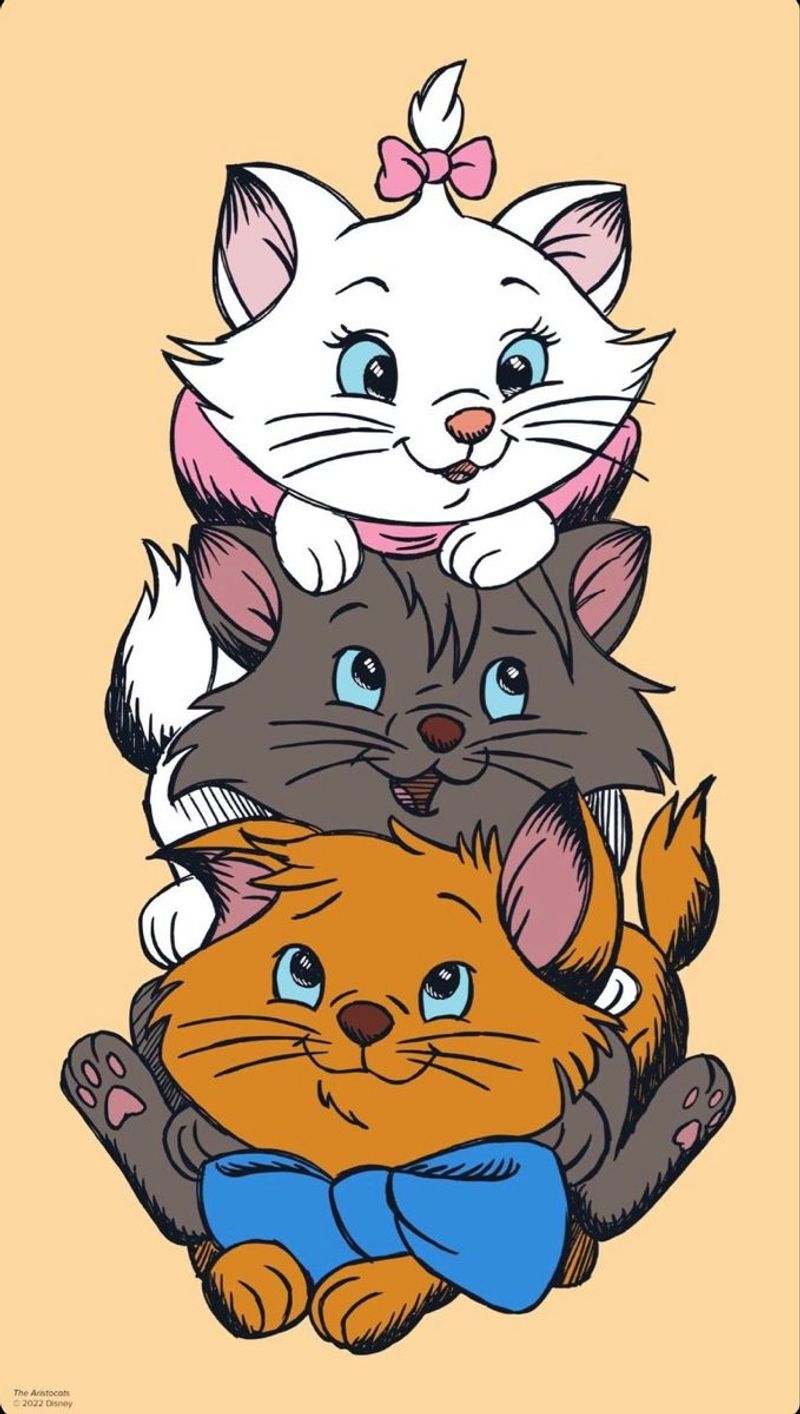
The Aristocats, with its delightful feline characters, charmed audiences with its Parisian flair. Yet, the Siamese cat character Shun Gon is an offensive Asian caricature, reflecting outdated racial stereotypes.
These portrayals, while part of the film’s historic context, are at odds with contemporary values of diversity and inclusion. The film’s whimsical charm invites both enjoyment and critical analysis.
Despite these challenges, The Aristocats remains a beloved part of Disney’s repertoire. The film’s enduring legacy underscores the importance of cultural sensitivity, even as it enchants with its musical and visual appeal.
18. Who Framed Roger Rabbit
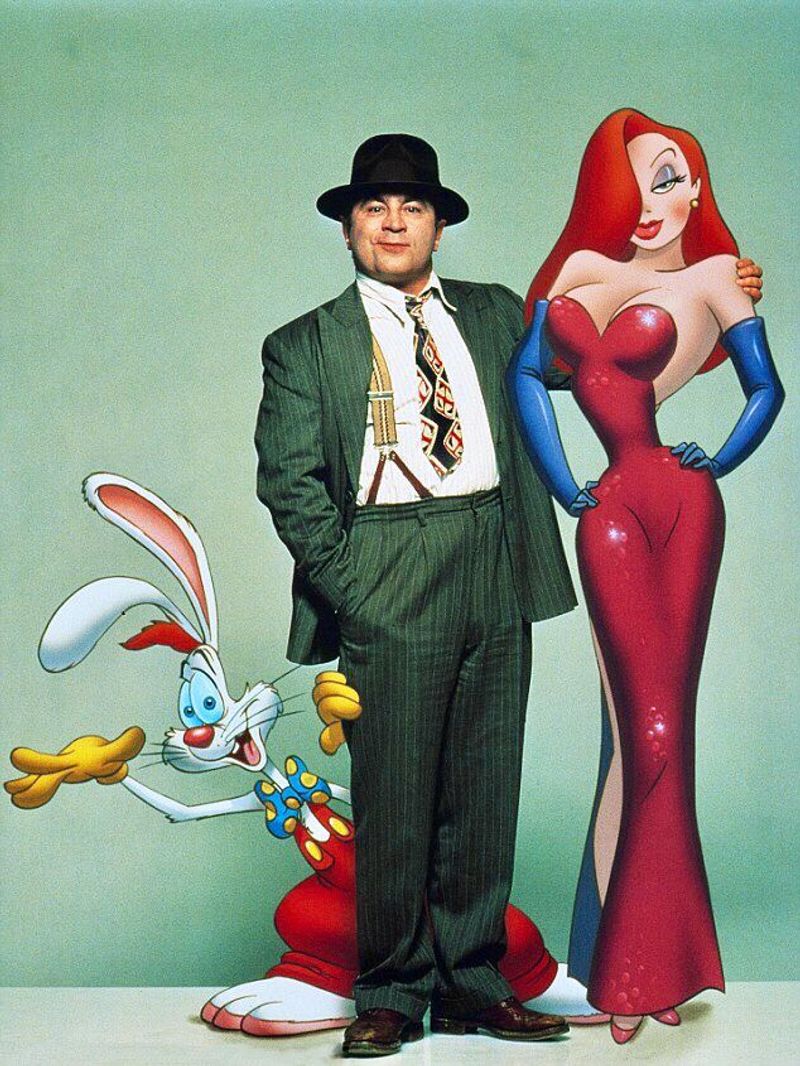
Who Framed Roger Rabbit, blending live-action and animation, captivated audiences with its groundbreaking storytelling. However, the film’s sexualization of Jessica Rabbit and intense violence in a “kids” movie format raise questions today.
These elements, while contributing to its unique style, are scrutinized for their appropriateness in family-friendly content. The film challenges traditional boundaries in animation and live-action cinema.
Despite these controversies, Who Framed Roger Rabbit stands out as a cinematic landmark. Its innovative approach to storytelling continues to inspire, even as it prompts discussion on content appropriateness and audience expectations.
19. Animaniacs
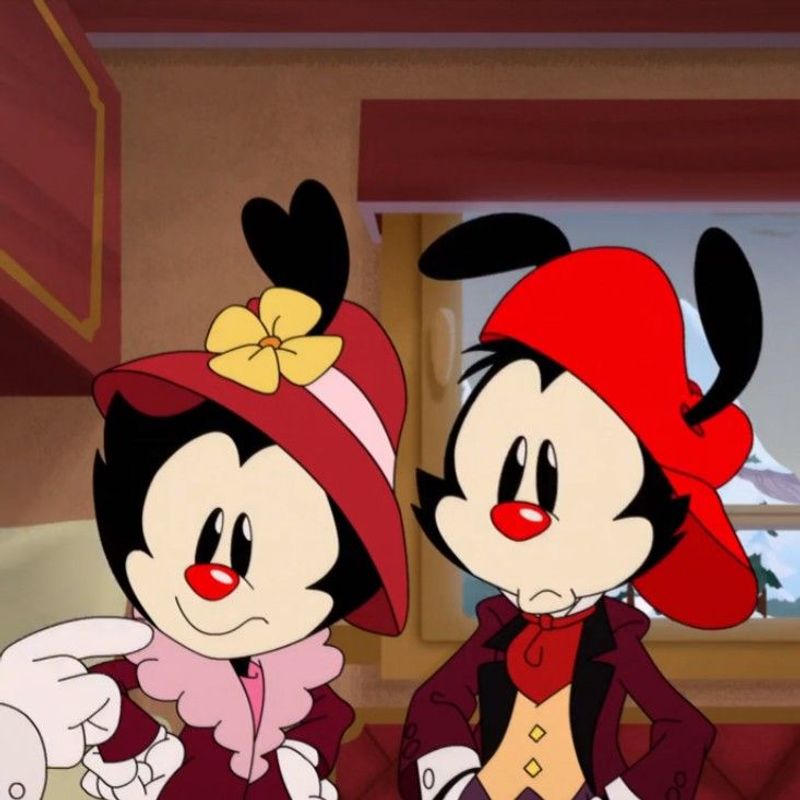
Animaniacs, with its rapid-fire humor and cultural parodies, entertained a generation with its quick wit. However, its edgy humor, innuendos, and parodies of public figures toe the line in today’s media landscape.
The show’s satirical style, while clever, invites scrutiny for its portrayal of mature themes in a children’s format. This balance between humor and sensitivity is a hallmark of its appeal.
Despite these debates, Animaniacs’ legacy endures. The series exemplifies the fine line between entertainment and controversy, reminding us of the importance of context and sensitivity in satire.
20. Ace Ventura: Pet Detective
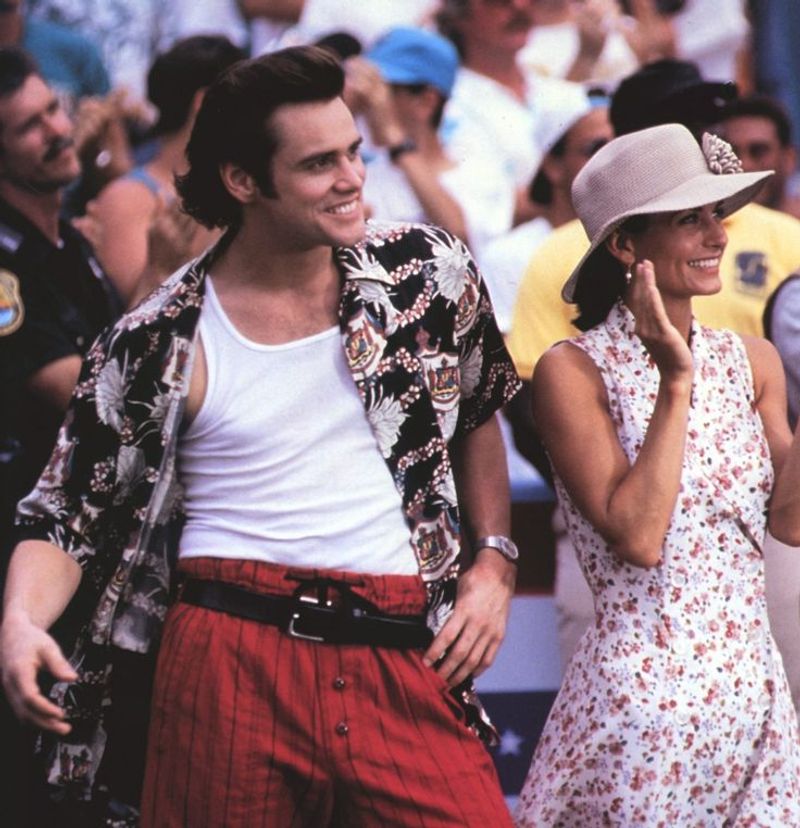
Ace Ventura: Pet Detective, with Jim Carrey’s comedic genius, brought laughter to audiences with its zany plot. Yet, the film’s transphobic jokes and plotlines are viewed critically in light of modern awareness.
These elements, once part of the film’s humor, are now seen as insensitive, prompting discussions about inclusivity in comedy. The film’s impact on comedic norms continues to resonate.
Despite this, Ace Ventura remains a cult classic. Its eccentric humor and unique style underscore the complexities of comedy and cultural sensitivity, offering a lens through which to examine the evolution of comedic storytelling.


Comments
Loading…